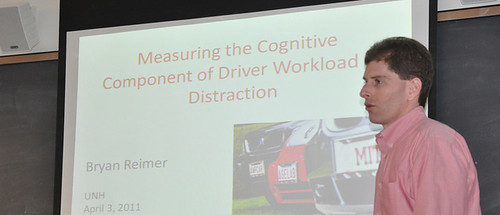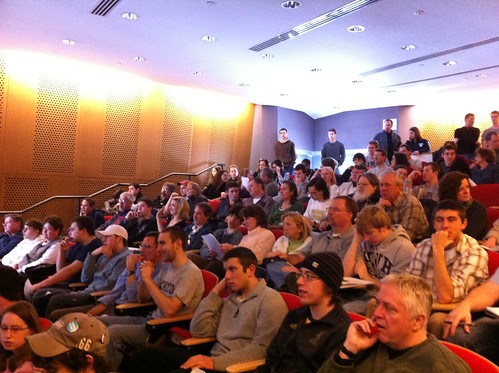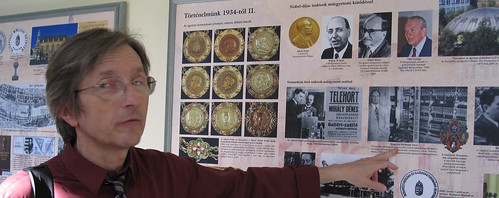I am seeking students (individuals or teams) for two senior projects. Both projects would leverage a multi-touch surface to create a natural user interface for pervasive computing applications.
Pervasive computing problems and ideas are often introduced using videos. An excellent exampe is the Microsoft Health Future Vision video (download, watch on YouTube).
Let’s focus on three themes from the video that are relevant to the senior projects: interactions with multi-touch interfaces, interactions with tangible user interfaces, and data manipulation/fusion. Multi-touch surfaces appear throughout the video: in Sabine’s home, in the doctor’s office, and in the hospital lobby. Several of the multi-touch interfaces, such as Sabine’s remote control, and her virtual wallet (used in the lobby), are tangible interfaces. Finally, Dr. Kemp manipulates/fuses data when interacting with Alex (patient in bed) and especially during the meeting with Sabine and Wei Yu.
The two senior projects will leverage Project54’s Microsoft Surface multi-touch table. Here is a video by UNH ECE graduate student Tim April introducing some of the interactions he has explored with the Surface.
With all this in mind, here are the specifics on the two proposed projects.
Project 1: Mobile data fusion
This project will explore fusing data, such as images, video, sounds and outputs from various sensors (temperature, pressure, accelerometers, etc.). Data fusion will require some simple processing, such as setting beginning and end points for sounds, zooming images, etc. It will also require more complex digital signal processing of data, e.g. windowing and filtering (topics covered in ECE 714). Consequently, work on this project will focus on data processing as well as object-oriented programming that is necessary to control the multi-touch table.
This project will be tied to a collaborative effort with WPI on creating a fleet of UAVs. Thus, eventually, the data to process and display on the multi-touch will come from the UAVs. However, as a first step, data will be generated through games, similarly to work done by Jatin Matani and Trupti Telang.
Project 2: IR wallet
The Microsoft Surface uses infrared illumination and cameras to recognize interactions with its surface. It can also recognize 2D barcodes if they are visible in the IR part of the spectrum. The “IR wallet” project would result in a tangible user interface, similar to Sabine’s virtual wallet, that can display 2D barcodes in IR. These in turn will be picked up by the Microsoft Surface. Work on this project will focus on microcontroller-based design (e.g. with an Arduino board) and object-oriented programming for the Surface.
Interested? Have questions, ideas, suggestions? Email me.








 On June 7 and 8, 2010 I visited the
On June 7 and 8, 2010 I visited the 

